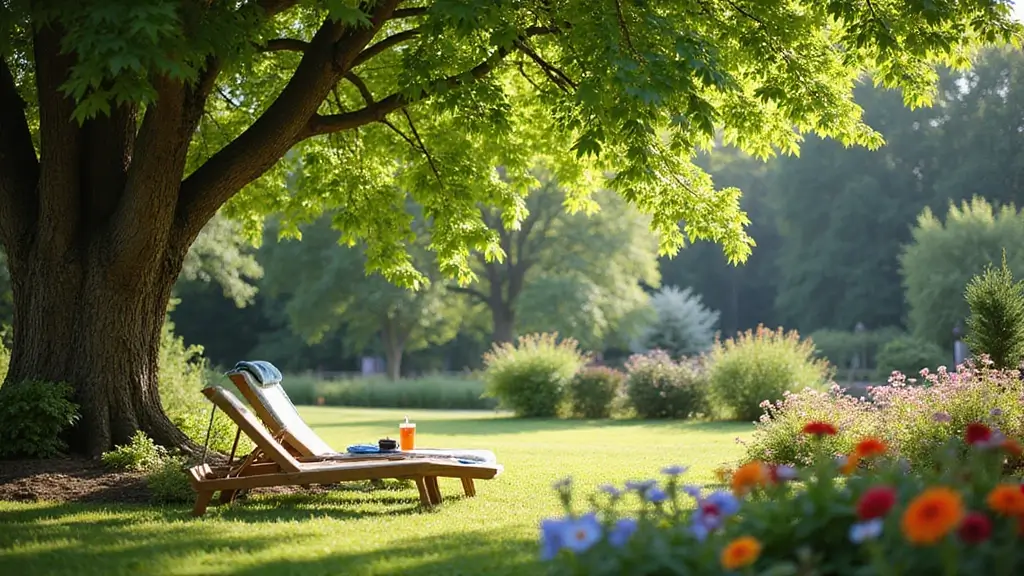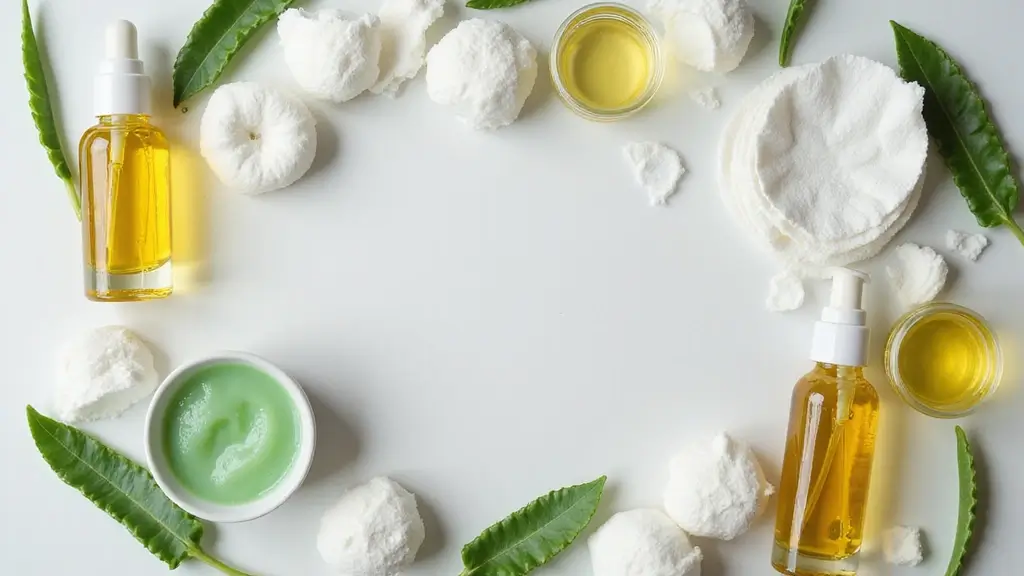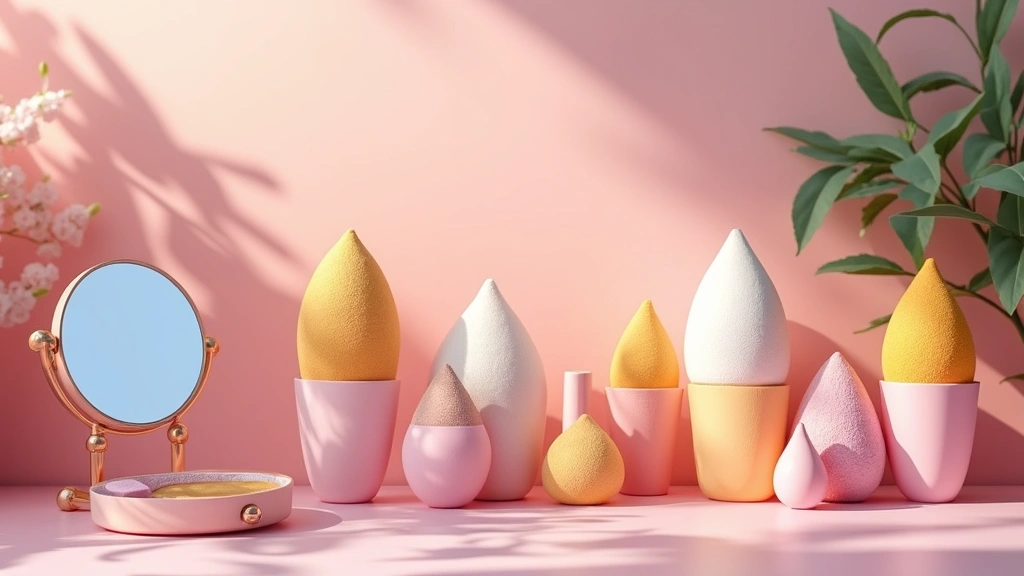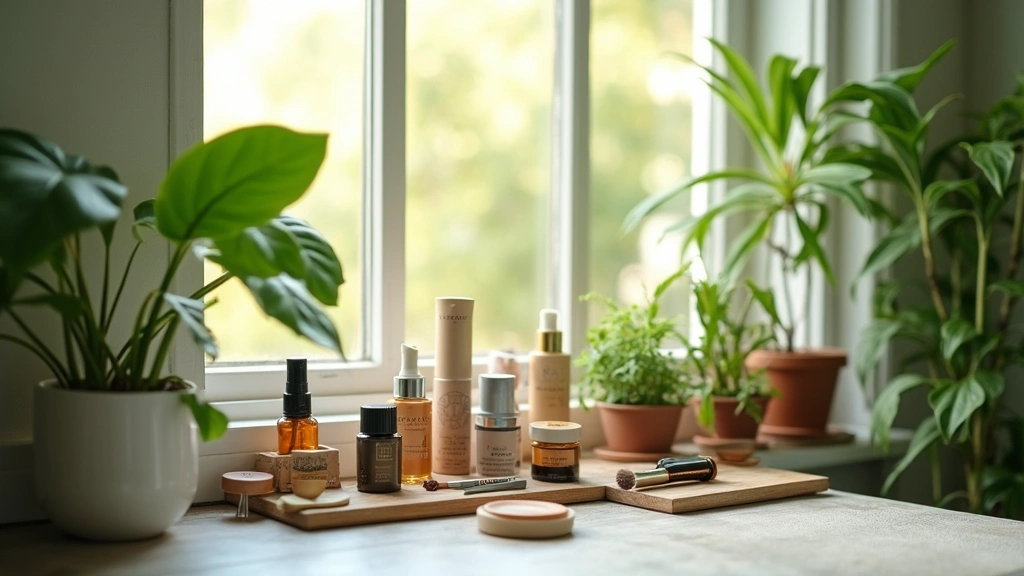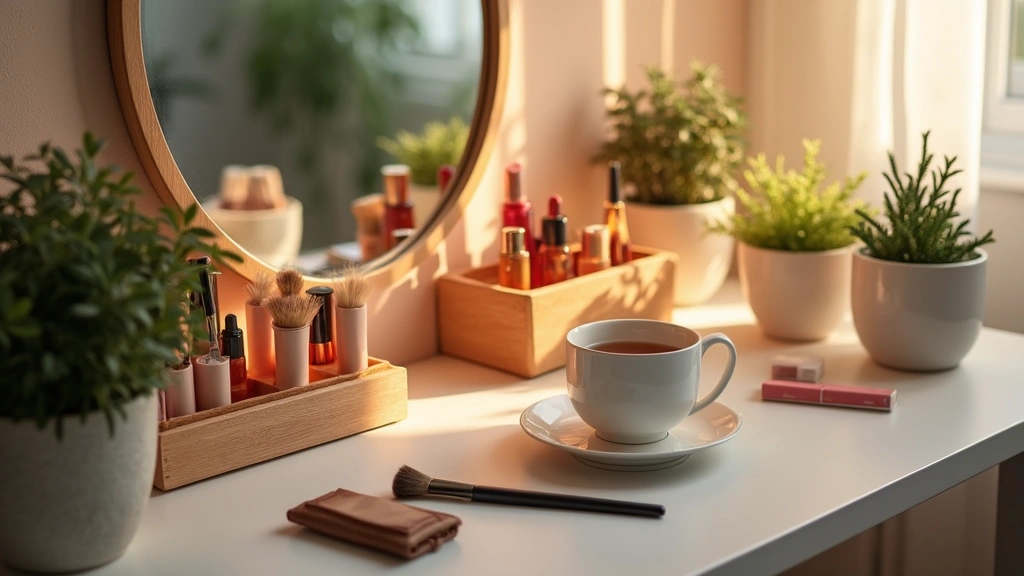Summer sun brings thoughts of glowing skin and beach days, but what if you’re lounging under a big tree, sipping lemonade, and think you’re safe from those pesky rays?
You might be surprised to learn that even in the shade, you can still get a tan! Today, we’re diving into some common misconceptions about sun exposure and how to protect your skin. Sun safety is crucial, and understanding how UV rays work can help you enjoy those sunny days without the risk of skin damage. Tackling the myths surrounding shade and tanning can empower you to stay informed and safe while soaking up the sun. Let’s uncover the truth behind tanning in the shade!
1. Understanding UV Rays: The Invisible Threat
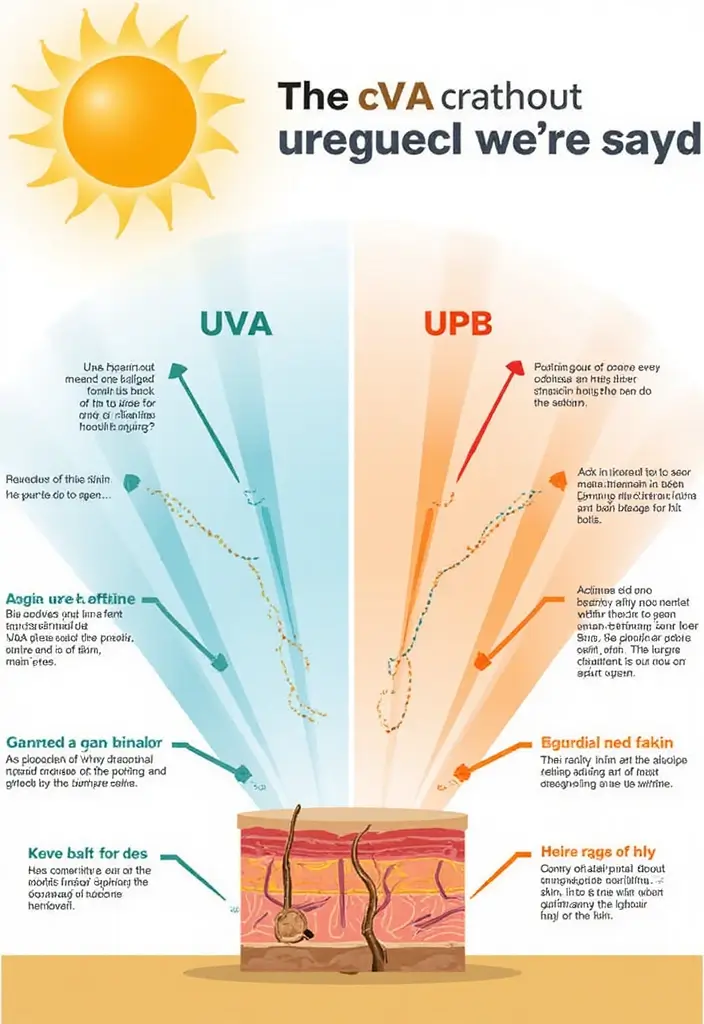
UV rays are the first players in the tanning game, and they come in two main forms: UVA and UVB.
UVA rays penetrate deep into the skin, leading to premature aging and can contribute to skin cancer. On the other hand, UVB rays are responsible for sunburn and play a significant role in developing skin cancer. Even when you’re lounging in the shade, up to 50% of these rays can still reach your skin, reflecting off surfaces like water, sand, and concrete.
This means that even if you think you’re safe, you’re not completely out of the woods. To protect your skin, consider using EltaMD UV Clear Face Sunscreen SPF 46, a broad-spectrum sunscreen that offers effective protection with zinc oxide. Remember to apply it even if you’re in the shade and reapply every two hours, especially after swimming or sweating. For convenience, Banana Boat Sport Ultra SPF 50 Sunscreen Spray provides an easy application option and is water-resistant, making it perfect for outdoor activities.
Additionally, you might want to look into clothing options that offer UV protection, such as the UV protection clothing, which features UPF 50+ to keep you covered while enjoying the outdoors.
To keep your skin healthy, awareness of these rays is essential. Remember, just because you can’t see them doesn’t mean they’re not there!
Even in the shade, up to 50% of harmful UV rays can sneak through! Remember, sun protection is key—don’t let their invisibility fool you.
2. Myths About Shade: Are You Really Safe?
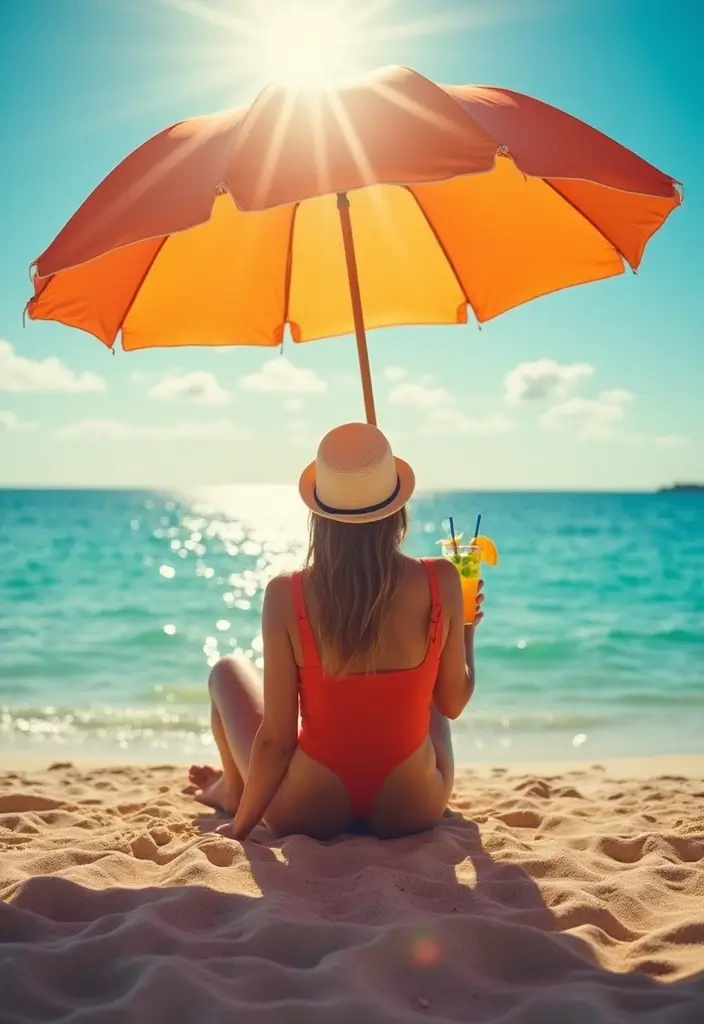
Ah, the shade! It’s considered a refuge from the fierce sun, but many believe it’s a guaranteed way to avoid tanning. Unfortunately, this idea is just a myth. As mentioned earlier, UV rays can still sneak into shaded areas, especially if they’re bouncing off reflective surfaces. Just because you’re under a tree or an umbrella doesn’t mean you’re protected.
Some common misconceptions include:
– “I can’t tan in the shade.”
– “I don’t need sunscreen if I’m not in direct sunlight.”
Both statements are untrue! Protecting your skin should be part of your routine regardless of your location. Choosing to stay in the shade doesn’t give you a free pass to skip sun protection. That’s where products like Neutrogena Ultra Sheer Dry-Touch Water Resistant and Non-Greasy Sunscreen Lotion with Broad Spectrum SPF 70 come in handy. This sunscreen provides essential protection with a high SPF, ensuring your skin is shielded even when you’re not in direct sunlight.
Additionally, wearing UV protection clothing can significantly enhance your defense against harmful rays. A long sleeve shirt with UPF 50+ can keep your skin covered while allowing breathability during outdoor activities.
It’s also wise to measure UV levels with a portable UV meter. This handy device can help you assess the intensity of the sun’s rays, even in shaded areas, ensuring you’re always aware of your skin’s exposure.
Always be mindful of your skin, no matter where you are!
3. The Importance of Sun Protection Anyway
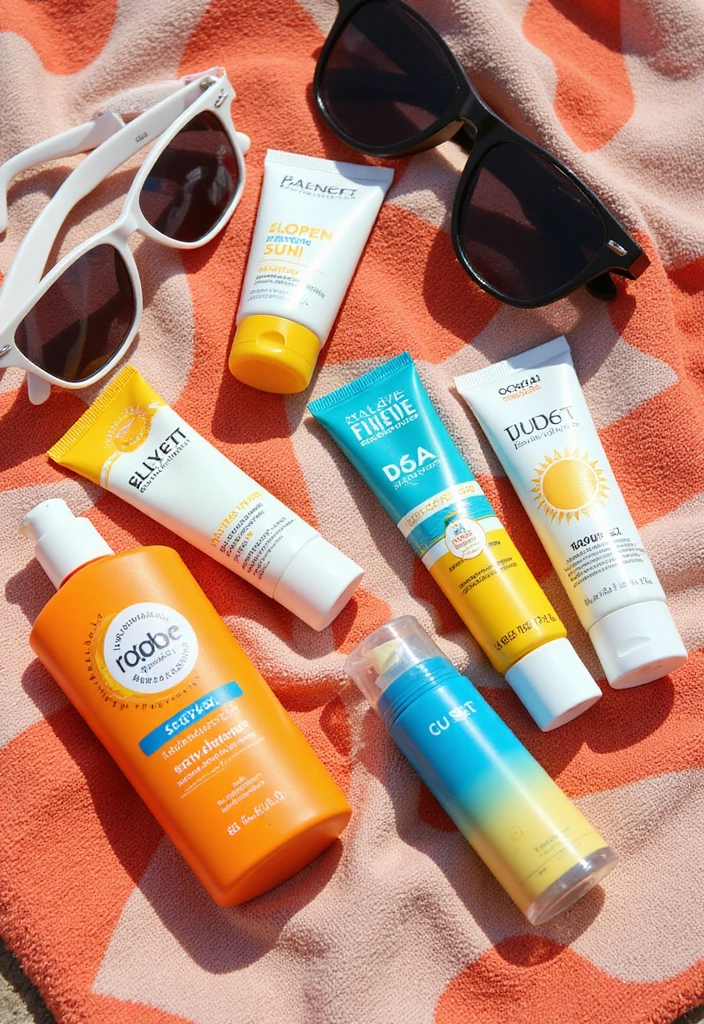
Sun protection is crucial for maintaining healthy skin, regardless of whether you’re in the sun or shade. It’s essential for combating various risks like premature aging and skin cancer. While it might feel unnecessary when you’re not in direct sunlight, remember that consistent care is key. Here’s why sunscreen should be your best friend:
– **Protects against skin cancer.** Regular use can significantly reduce your risk of developing skin cancer. A great option is UV Clear Face Sunscreen SPF 46, which is dermatologist recommended and oil-free, making it a perfect addition to your routine.
– **Prevents premature aging.** Sunscreen can help reduce the appearance of fine lines and wrinkles caused by sun exposure over time. Using a convenient product like the CeraVe Mineral Sunscreen Stick SPF 50 not only provides broad-spectrum protection but also contains hyaluronic acid and ceramides to keep your skin hydrated.
– **Maintains an even skin tone.** Tanning can lead to dark spots and uneven skin, so protecting your skin can help keep it looking fresh and vibrant. Incorporating a moisturizer like La Roche-Posay Toleriane Double Repair Face Moisturizer, which has SPF, can simplify your routine and offer both hydration and sun protection.
Embrace a daily skincare routine that includes these products. Your future self will thank you!
4. Choosing the Right Sunscreen
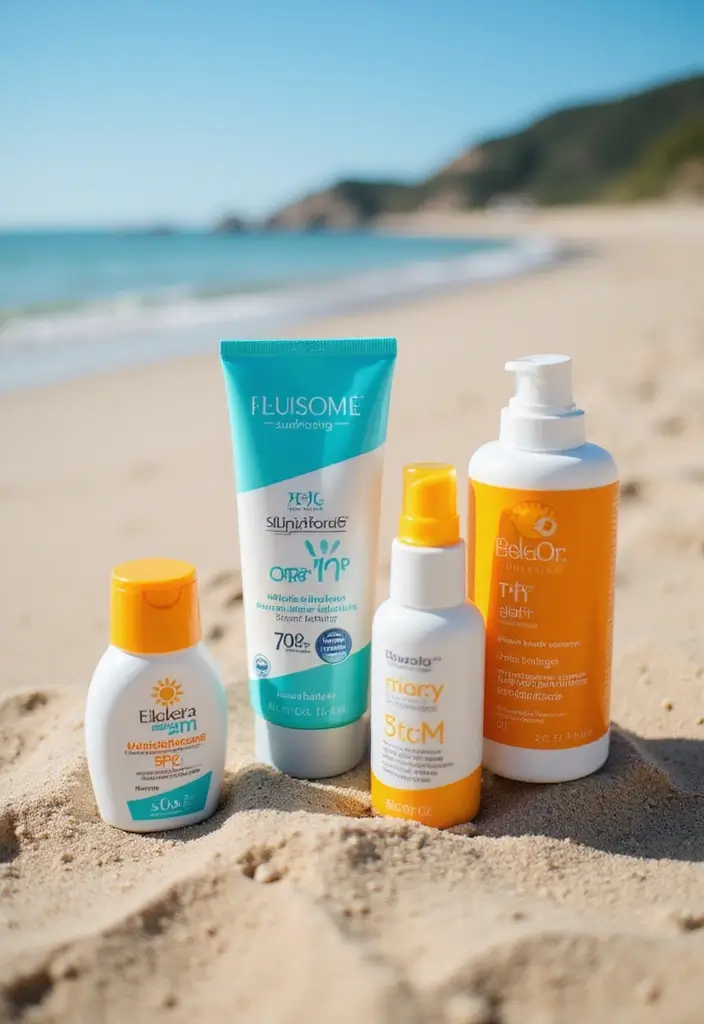
Picking the right sunscreen can feel overwhelming with all the options available! However, understanding a few key factors can help you make the right choice for your skin type. Here’s what to look for:
– **Broad-spectrum protection**: This ensures protection against both UVA and UVB rays. For a solid option, consider Sun Bum Original SPF 30 Sunscreen Body Lotion, which offers broad-spectrum moisturizing benefits and is compliant with Hawaii’s 104 Act (made without octinoxate and oxybenzone).
– **SPF rating**: Look for at least SPF 30 for adequate protection. The BLUE LIZARD Sensitive Mineral Sunscreen with Zinc Oxide is a fantastic choice, offering SPF 50 and water-resistant protection, making it ideal for those who want to stay protected during outdoor activities.
– **Water-resistant formulas**: These are ideal for activities like swimming or exercising. The Coppertone SPORT Sunscreen SPF 50 Lotion is designed for durability, ensuring that you remain protected while you sweat or splash around.
– **Ingredient awareness**: Some may prefer physical sunscreens with zinc oxide for sensitive skin, like the aforementioned BLUE LIZARD Sensitive Mineral Sunscreen. Others might opt for chemical options, which can be found in products like Sun Bum Original SPF 30.
Don’t forget to patch test new products to avoid allergic reactions. Invest time in finding a product you love because wearing sunscreen should be enjoyable, not a chore!
5. Tanning Tips for Shade Lovers
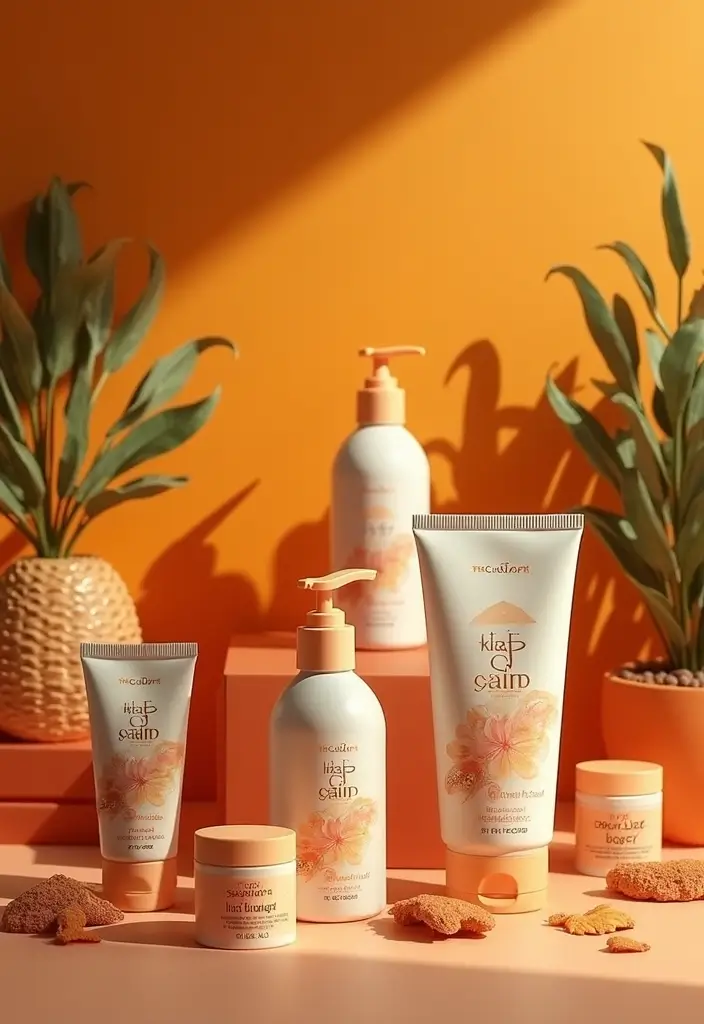
If you’re one of those who enjoy the shade but still want a little color, there are ways to approach tanning safely. Here are some tanning tips specifically for shade enthusiasts:
– Consider gradual self-tanners like Tanologist Brightening Daily Glow Body Lotion. This product provides a sun-kissed glow without the risks of UV exposure, allowing you to gradually build your desired color while staying protected.
– Use bronzers or tinted moisturizers to enhance your natural skin tone without direct sun exposure. For a matte finish, try Rimmel London Natural Bronzer, which offers a lovely sun bronze look. Alternatively, the DRMTLGY Matte Tinted Moisturizer SPF 46 combines hydration with broad-spectrum UV protection, giving your skin a subtle tint while safeguarding it from the sun’s harmful rays.
– Reevaluate your shade strategy: If you’re trying to tan while staying in the shade, consider occasional sun exposure with proper protection to get that desired look.
Balance is essential. You can enjoy beautiful skin while being sun-safe. Remember to listen to your skin and give it the care it deserves!
6. Recognizing the Signs of Sunburn
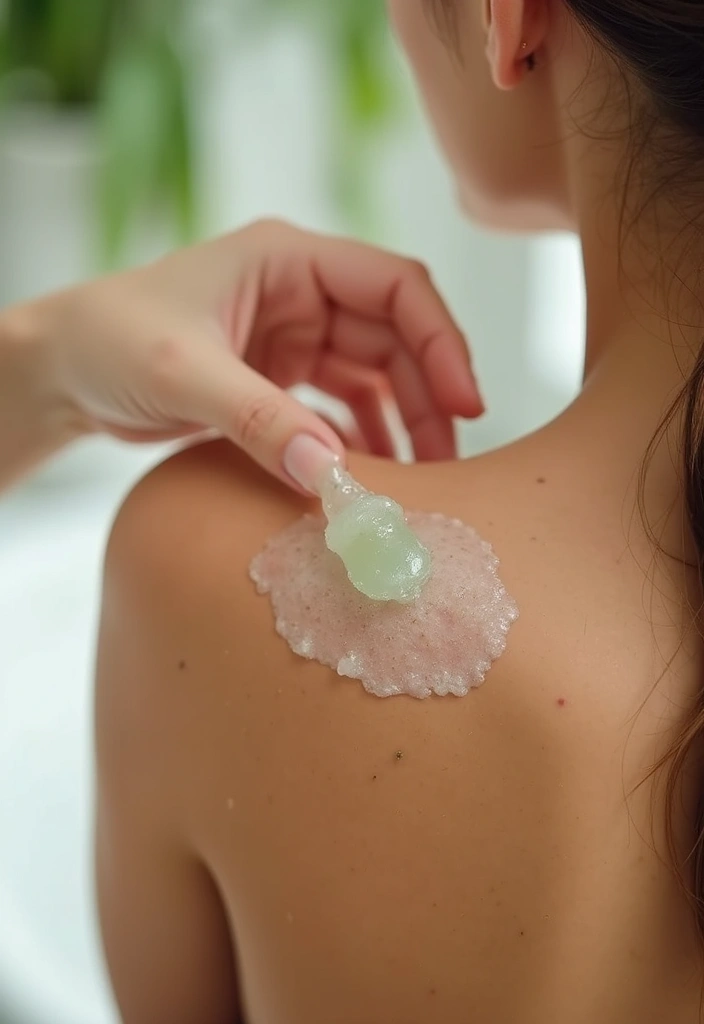
Being in the shade doesn’t eliminate the possibility of sunburn, so it’s crucial to recognize the signs early on.
Common indicators include:
– Redness or discoloration of the skin.
– Swelling and tenderness in affected areas.
– Blistering or peeling skin in severe cases.
If you notice these symptoms, it’s essential to take action immediately. Here’s what to do:
– **Get out of the sun**: Move to a shaded area and avoid further exposure.
– **Cool your skin**: Apply cool compresses to soothe the burn. Products like Cool Compress Gel Packs are excellent for this purpose, providing instant relief to inflamed skin.
– **Moisturize**: Use soothing products such as Aloe Vera Gel to calm the skin. Its high purity level makes it ideal for after-sun care, helping to hydrate and heal.
– **For ongoing care**, consider a hydrating lotion like NIVEA Intense Healing Body Lotion, which offers long-lasting moisture and relief for very dry, itchy skin.
Do your best to prevent sunburn in the first place by keeping skin protected. Your future self will thank you!
7. The Role of Diet in Skin Health

Believe it or not, your skin health is affected by what you eat! Certain foods can boost your skin’s ability to protect itself against sun damage, making a significant difference.
Here are some foods to consider adding to your diet:
– Fruits and veggies: Rich in antioxidants, they help fight against free radicals. You might also want to consider incorporating antioxidant-rich superfood powder into your smoothies, which provides an extra boost of nutrients.
– Omega-3 fatty acids: Found in fish, these help maintain skin elasticity. For an easy way to increase your omega-3 intake, try omega-3 fish oil supplements, which offer a concentrated source of these vital fatty acids.
– Hydrating foods: Cucumbers and watermelon keep your skin moisturized from the inside out.
Pairing good nutrition with sun protection can enhance your skin’s resilience against UV damage. Keep this in mind when planning meals—it’s never too late to start caring for your skin!
8. Lifestyle Factors Affecting Skin Protection
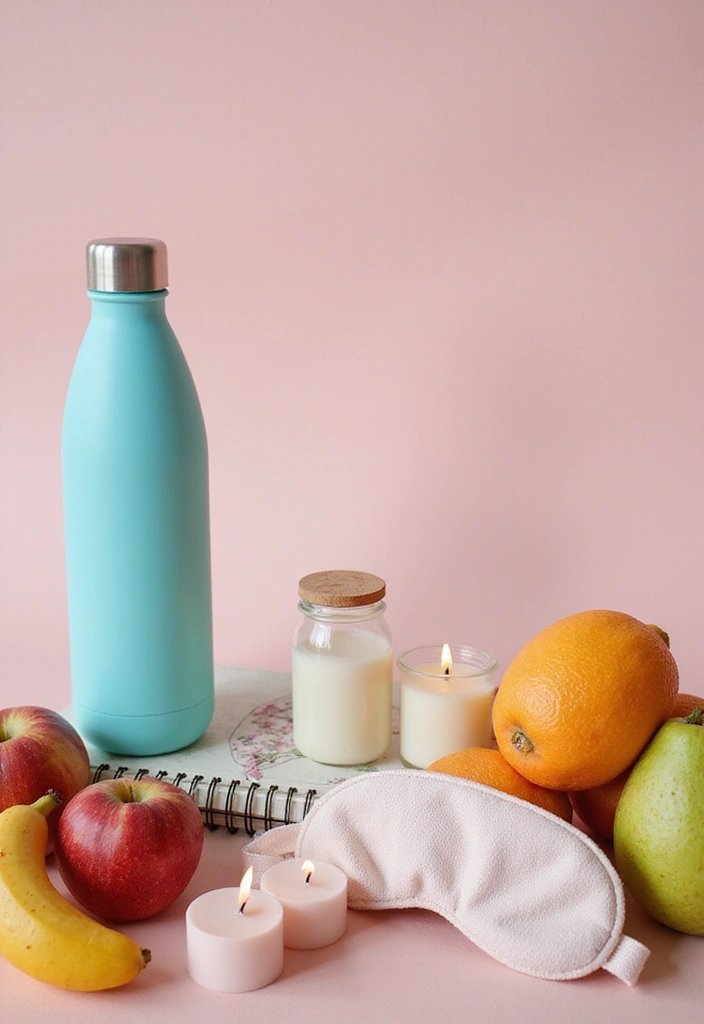
Your overall lifestyle can play a significant role in how your skin reacts to sun exposure. Factors like stress, sleep, and hydration have a measurable impact.
Consider these aspects:
– **Hydration**: Drinking enough water helps keep your skin plump and resilient. You might also want to try the La Roche-Posay Thermal Spring Water, Face Mist Hydrating Spray. This facial mist not only hydrates but also soothes your skin, making it a great addition to your hydration routine.
– **Sleep**: Quality sleep promotes skin repair and regeneration. To enhance your nighttime routine, consider using the SKIN Holy Hydration! Sleeping Mask. This dual-use mask can be applied overnight or rinsed off, providing deep moisture that can help your skin recover while you rest.
– **Stress management**: High-stress levels can lead to skin flare-ups and issues, so managing it is vital. A simple way to introduce relaxation into your routine is through the Stress Relief Essential Oil Roll-on Blend. With calming scents like lavender, geranium, and frankincense, it can help create a peaceful atmosphere that alleviates stress and promotes skin health.
Embracing a healthy lifestyle enhances your skin’s ability to ward off damage from the sun. Every little change counts, so take stock of your day-to-day habits!
9. The Sun Safety Campaigns You Should Know
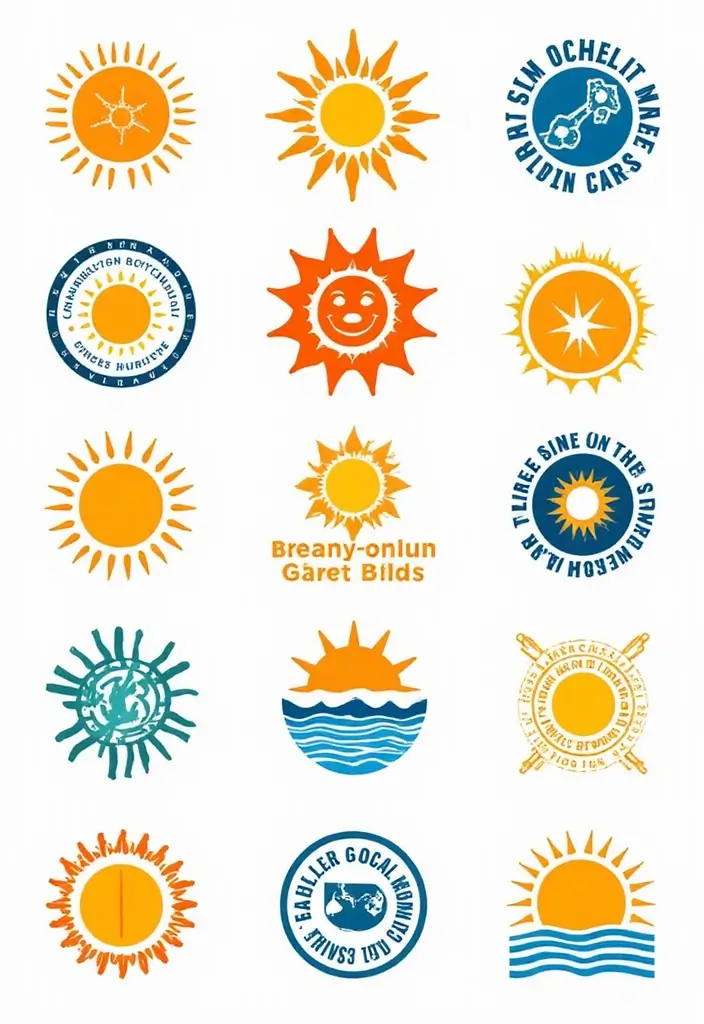
Sun safety campaigns play a vital role in educating the public about the risks of UV exposure. Familiarize yourself with these key initiatives:
– “Slip! Slop! Slap!”: This catchy Australian slogan teaches people to slip on a shirt, slop on sunscreen, and slap on a hat. To help you follow this advice, consider using UV Clear Face Sunscreen SPF 46. This oil-free sunscreen with zinc oxide is dermatologist recommended, providing you with broad-spectrum protection against harmful UV rays.
– CDC’s Skin Cancer Prevention Program: Provides resources and tips for keeping your skin safe. As part of your strategy to stay protected, think about adding a reliable sun hat to your gear. The UV protection hat features a detachable neck flap and offers UPF 50+ UV protection, making it a practical choice for outdoor activities.
– The Skin Cancer Foundation: Offers a wealth of information about prevention and treatment options. Additionally, you might want to invest in some UV protection clothing, like long sleeve shirts designed for outdoor use. These shirts not only keep you cool and comfortable but also provide excellent sun protection while you enjoy your time outside.
Stay updated on sun safety recommendations. Being informed allows you to make better decisions and encourages a culture of sun safety for everyone!
10. Making Informed Decisions
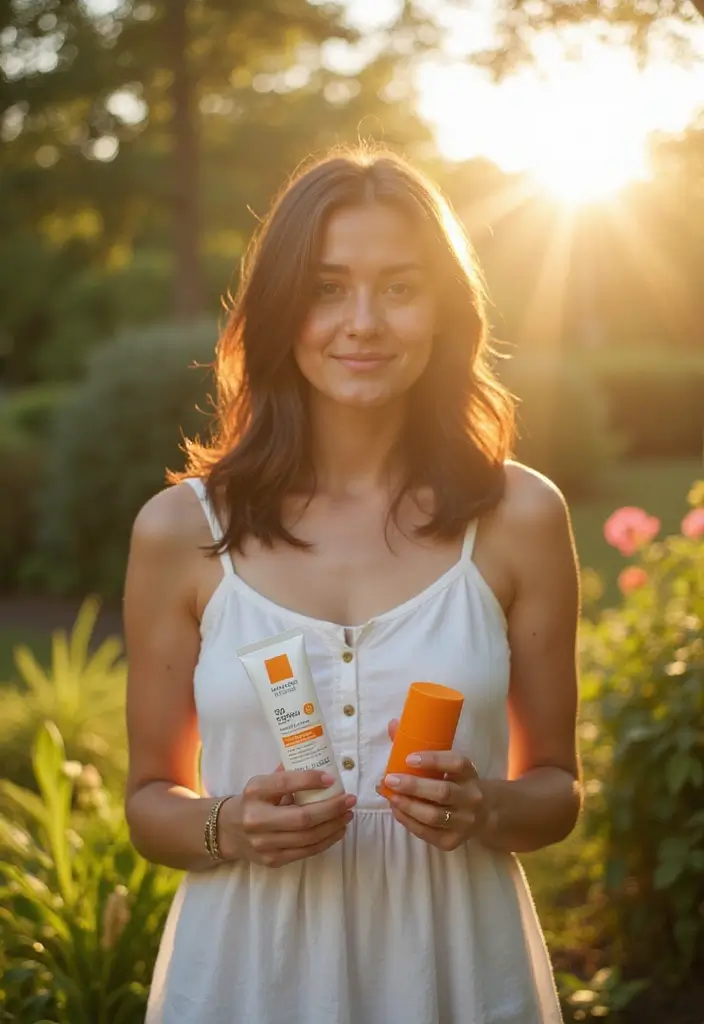
In the end, being aware of how and where you tan is part of taking control of your skin health. Making informed decisions about sun exposure can lead to healthier habits. Here are a few pointers to help you:
– Stay educated about sun safety through resources and campaigns. A great way to ensure you’re protected is by using a reliable sunscreen, like UV Clear Face Sunscreen SPF 46, which is dermatologist recommended and offers broad spectrum protection with zinc oxide.
– Regularly check your skin for changes, and consult a dermatologist if anything looks unusual. After sun exposure, soothing your skin is crucial. Consider using after-sun aloe vera gel to hydrate and calm any irritation.
– Don’t be swayed by trends; always prioritize your health and well-being. Choosing appropriate clothing can also help protect your skin from harmful UV rays. A UV protective jacket is an excellent addition to your wardrobe, providing an extra layer of defense against the sun.
Skin health is a lifelong commitment. Enjoy those sunny days, but always keep protection in mind. Your skin will thank you for years to come!
Embrace the sun with care! Making informed choices about your sun exposure not only protects your skin but also empowers your beauty journey. Remember, healthy skin is always in style!
Conclusion

Understanding the complexities of sun exposure is vital for maintaining healthy skin.
By debunking myths and staying informed, you can make the best choices for sun protection and skin health. Whether you love the sun or prefer the shade, remember to prioritize your skin’s safety. Let’s embrace sun safety together!
Note: We aim to provide accurate product links, but some may occasionally expire or become unavailable. If this happens, please search directly on Amazon for the product or a suitable alternative.
This post contains Amazon affiliate links, meaning I may earn a small commission if you purchase through my links, at no extra cost to you.
Frequently Asked Questions
Can you really tan while sitting in the shade?
Absolutely! Even in the shade, you can still tan because UV rays can bounce off surfaces like water, sand, and concrete. This means that while you think you’re safe under a tree, those sneaky rays can still reach your skin and contribute to tanning or sunburn!
So, if you’re lounging in the shade, don’t forget to apply sunscreen to protect your skin.
What types of UV rays should I be aware of when it comes to tanning?
Great question! There are two main types of UV rays: UVA and UVB. UVA rays penetrate deep into the skin, causing premature aging, while UVB rays are responsible for sunburn. Both types can increase the risk of skin cancer, so it’s essential to protect your skin regardless of where you are, whether in the sun or shade!
Using a broad-spectrum sunscreen can help block both types effectively.
What are some effective sun protection tips for shade lovers?
If you enjoy the shade but still want to keep your skin healthy, here are a few tips: First, always use a broad-spectrum sunscreen with at least SPF 30, even if you’re under a tree! Reapply every two hours or after swimming. Also, consider wearing protective clothing and a wide-brimmed hat to further shield your skin. Lastly, seek out shaded areas that are away from reflective surfaces to minimize UV exposure!
These steps will help you enjoy your time in the shade safely.
How can diet impact my skin health and protection from sun damage?
Believe it or not, what you eat can significantly affect your skin’s health! Foods rich in antioxidants, such as berries, leafy greens, and nuts, can boost your skin’s ability to protect itself against sun damage. Additionally, staying hydrated is crucial for maintaining skin elasticity and overall health.
Consider incorporating omega-3 fatty acids from sources like fish or flaxseeds, which can also help reduce inflammation and improve skin resilience!
What are the signs of sunburn to watch for, even when in the shade?
Even if you’re in the shade, you still need to be vigilant about sunburn! Look out for signs like redness or discoloration of the skin, swelling, and tenderness. You might also experience itching or peeling skin as a result of overexposure to UV rays.
If you notice these symptoms, it’s essential to treat sunburn promptly with soothing lotions and plenty of hydration to help your skin recover!

